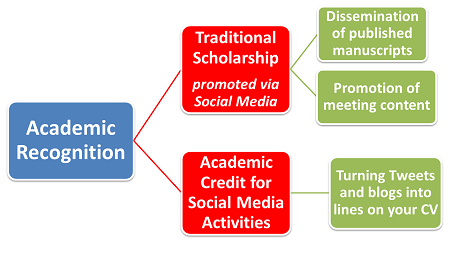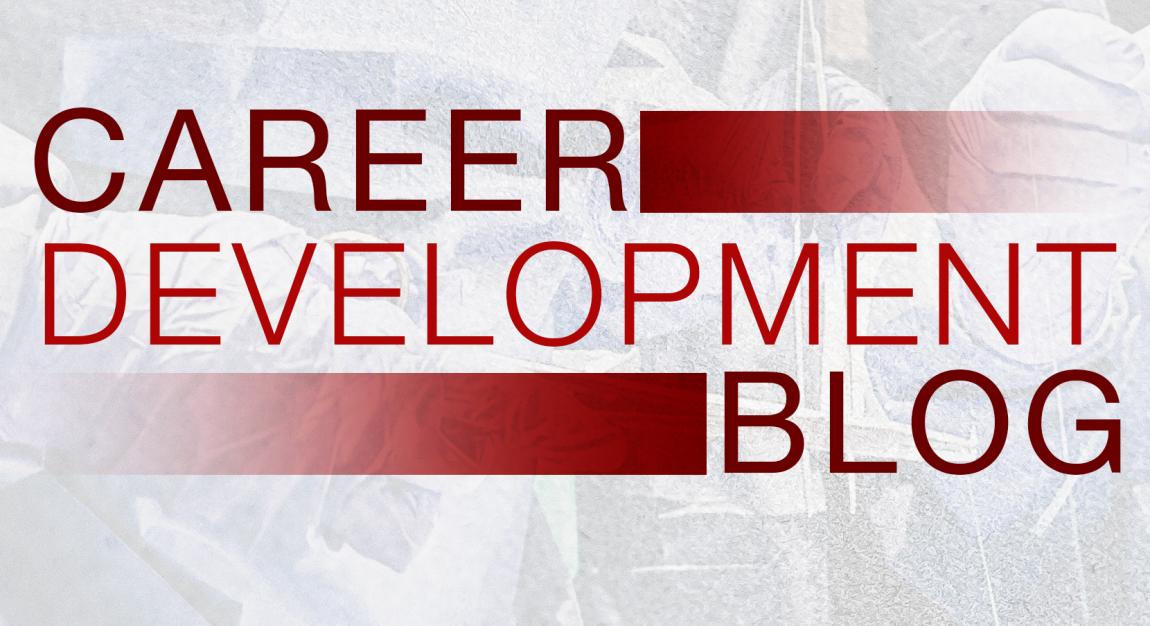
With nearly 4 billion worldwide users of social media and more than 80% engaging in daily use, surgeons are realizing now, more than ever, the impact of digital platforms on our ability to engage with patients, caregivers, collaborators, and the public. As we gain collective experience in the use of such forms of communication and knowledge dissemination, the benefits to our practices, our research, and the diseases we treat are increasingly obvious. However, the relevance of these activities to one’s academic promotion can be confusing and unclear. Social media activities are certainly not the centerpiece of the historical packet for promotion, but, if well aligned with one’s clinical niche and career pathway, they can serve as critical support for a promising surgeon’s impact on the field.
With regard to the role of social media in scholarly activity, many investigators have begun to understand that web-based interfaces are an outstanding way to promote traditional scholarship. Less known, though, is how to get academic credit for social media activities (Figure).

In 2016, the Mayo Clinic began using social media scholarship metrics for promotion, under the premise that the role of academic physicians is to advance the domains of practice, research, and education. Recognizing that the traditional focus had been peer-reviewed journals and face-to-face education, changing paradigms include increased emphasis on digital platforms, and the argument was made that scholars should make their impact in these new spaces as well as classical venues. In order for this evolution of thought to be successful, it is most helpful for institutions to take actions such as providing clear goals and objectives for a digital presence, as well as for academic promotions committees to create clear appraisal frameworks which provide transparent metrics for assessing digital portfolios with appropriate analytics and peer review of impact. Even in the absence of such structure, scholars can take the initiative to benefit themselves by creating comprehensive digital portfolios, with three very important aspects: 1) describing their activities, 2) explaining how these activities align with their strategic priorities, and 3) providing metrics of their work.
For example, a surgeon extremely interested in lung cancer screening might describe his/her work moderating a TweetChat that covered the expanded lung cancer screening guidelines, along with a description of how this benefited the lung cancer community and serves to support his/her clinical and research efforts, along with the Symplur analytics of the chat, including number of tweets, participants, and impressions.
Social Media Scholarship Portfolio
- Social media scholarship philosophy
- Academic niche
- Audience
- Objective (outreach, networking, patient education, policy advocacy)
- Platforms (Twitter, Doximity, Blogs)
- Description of how digital scholarship aligns with overall academic career development plan
- Description of specific activity
- Original content creation
- Curation of content
- Community management (Facebook groups, recurring TweetChats)
- Platform administration
- Data analysis
- Evidence of scholarship (links, PDF of content, hard copies)
- Metrics for activity (Symplur analytics, Twitter analytics, followers, page views, Altmetrics reports)
The Nuts and Bolts
The logistics of creating a social media portfolio may be challenging if one’s institution hasn’t formally embraced the digital activity component as part of a standardized application packet. If your organization has a standardized format, of course, use that. If not, options are to create a supplement or to try to fit within a predetermined box already provided by your own institution, such as “unique activities” or “other contributions.”
Consider providing an itemized list, with whatever categories make the most sense in terms of your own work. Suggestions include:
- Authored digital publications (online articles, blog articles)
- Quoted/featured digital publications (evidence of expertise)
- TweetChat moderation/organization
- Video features (roundtables, surgical videos, etc.)
- Audio features (Podcasts, etc.)
For each activity, remember to provide a URL (or digital/hard copies), as well as regularly updated analytics.
Pitfalls
A key pitfall of any social media activity relates to understanding the permanence of anything and everything shared to the public. Never forget that people can take screen shots of deleted Tweets or edited blogs, and anything that you have put into the digital world can be shared with EVERYONE, regardless of privacy settings or subsequent revisions. This warning is not meant to dissuade one from the use of social media, but rather to remind everyone of the power of the written word. Just as you would carefully craft the wording of a manuscript to ensure that your findings are interpreted correctly, you must carefully construct your Tweets, blogs, and podcast scripts with just as much power to create a lasting impact as your published literature.
In the recent COVID-19 pandemic, opportunities to interact and provide digital content have truly abounded, and one should not forget to include appearances in webinars, organization of virtual meetings, moderation of web-based collaborative groups, and more. As so many of our traditional activities have turned to Internet-based formats during the pandemic, we have found that even those surgeons who may have harbored continued reluctance toward using the digital world as an outlet for academic dissemination have developed an appreciation for web-based content and activity. This provides a key opportunity for those early career surgeons who may be particularly adept at creating, curating, and disseminating such material to receive credit where credit is due, and to use the digital world as an important adjunct to their daily clinical, educational, and research activities. Moreover, the social media world tends to be a particularly welcoming environment to all who are interested in contributing, with infinite space to share, collaborate, question, and educate. The historic social inequities that challenge all of academic medicine tend to be diminished in the digital realm, allowing greater access for all.
Additional parts of the Article Series:
- Part 1 - Putting Together an Academic Portfolio for Promotion
- Part 2 - Putting Together an Educator's Portfolio for Promotion
- Part 3 - Putting Together a Clinical Portfolio for Promotion
The opinions expressed in this article are those of the author and do not necessarily reflect the views of The Society of Thoracic Surgeons.
